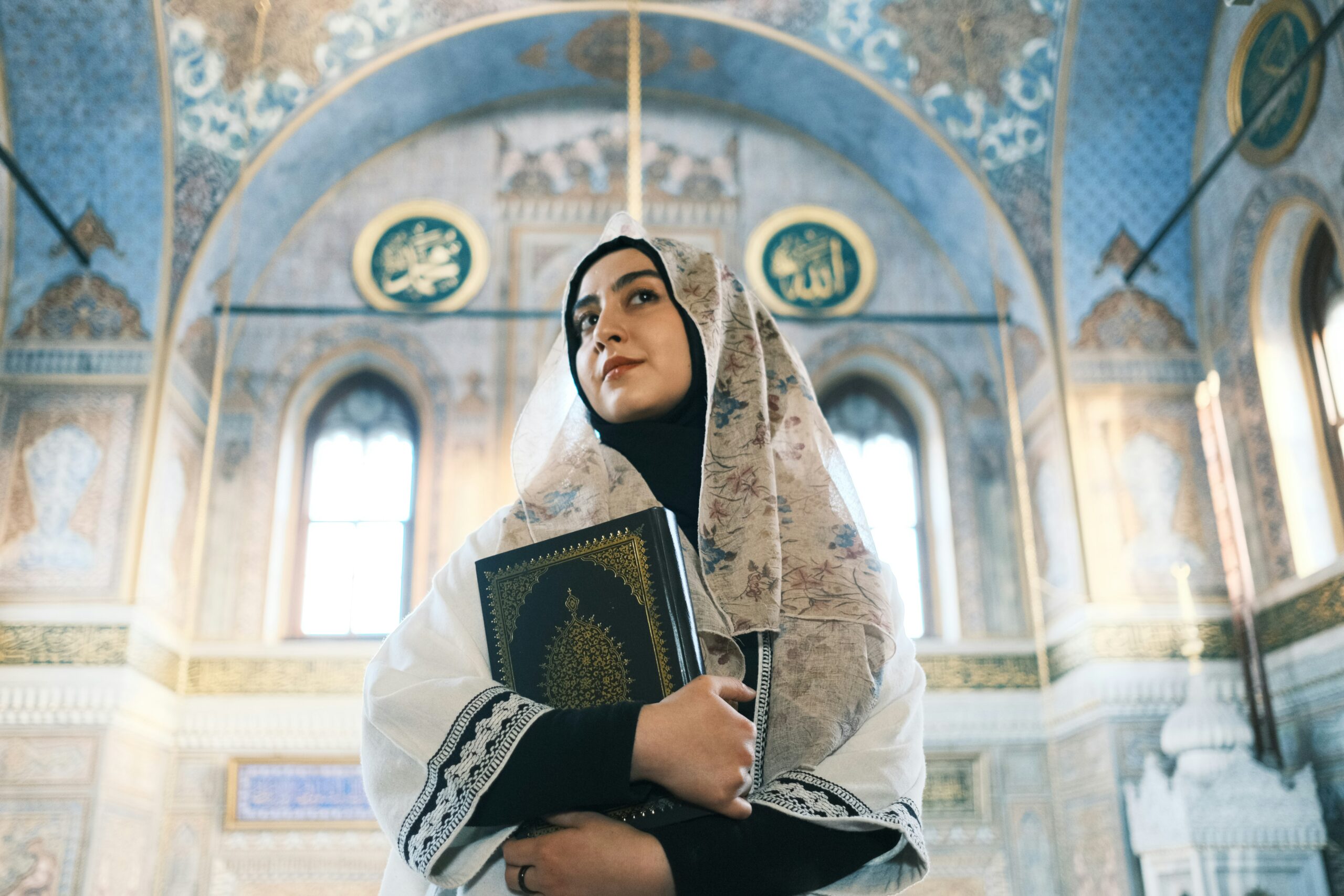The Elegance of Arabian Glassware
Arabian glassware is a testament to the artistic and cultural richness of the Middle East. Renowned for its intricate designs, vibrant colors, and exquisite craftsmanship, this glasswork has been admired and sought after for centuries. From hand-blown vases and decorative lanterns to intricately etched goblets, Arabian glassware remains a symbol of luxury and tradition.
In this article, we will explore the history, craftsmanship, and significance of Arabian glassware, as well as its modern applications in home décor and dining.
The History of Arabian Glassware
The history of glassmaking in the Middle East dates back over 4,000 years. Ancient civilizations, including the Mesopotamians and Egyptians, were among the first to develop glass-blowing techniques. However, it was during the Islamic Golden Age that Arabian glassware truly flourished.
Artisans from Persia, Syria, and Egypt became renowned for their mastery in creating decorative glass items. These craftsmen developed advanced techniques such as gilding, enameling, and intricate etching, making Arabian glassware one of the most refined art forms of its time.
Arabian glass soon became a highly sought-after luxury item, traded across Europe, Asia, and North Africa. Many historic pieces can still be found in museums around the world, reflecting the influence of Middle Eastern artistry on global glassmaking traditions.
Techniques Used in Arabian Glassware
Arabian glassware is distinguished by its unique manufacturing methods and artistic embellishments. Some of the most famous techniques include:
1. Hand-Blown Glass
This ancient technique involves shaping molten glass by blowing air through a pipe. Skilled artisans create delicate and lightweight glass objects with intricate designs.
2. Etched and Engraved Glass
Engraving is a technique in which patterns are carved into the surface of the glass using sharp tools. Traditional Arabian glass often features floral motifs, geometric patterns, and calligraphy.
3. Gilding and Enameling
Gilding involves applying gold or silver leaf to the surface of the glass, while enameling adds colorful, raised designs. These techniques were commonly used in the creation of royal glassware and ceremonial items.
4. Mosaic Glass
This method involves fusing small, colored glass pieces to create intricate mosaic patterns. It is commonly seen in decorative lamps, chandeliers, and windows.
Types of Arabian Glassware
Arabian glassware comes in various forms, each serving different purposes in art, dining, and interior décor. Some of the most popular types include:
1. Decorative Lanterns and Lamps
Arabian glass lanterns are among the most recognizable forms of Middle Eastern glasswork. These lamps, often made with colored and mosaic glass, create a warm and inviting atmosphere.
2. Perfume Bottles
Traditional Arabian perfume bottles are handcrafted with delicate patterns and are often gilded with gold or silver. These bottles reflect the Middle East’s strong connection to luxury fragrances.
3. Drinking Glasses and Goblets
Arabian glass goblets and tea cups are known for their elegant shapes and fine details. Many of these items are decorated with intricate patterns and enamel work.
4. Vases and Bowls
Hand-blown glass vases and bowls are commonly used for home décor, featuring ornate designs that enhance the aesthetic appeal of any space.
5. Chandeliers and Ceiling Fixtures
Large Arabian glass chandeliers are a highlight in traditional homes, mosques, and palaces. Their colorful and luminous designs make them a focal point in architectural beauty.
Arabian Glassware in Modern Interior Design
Today, Arabian glassware is widely used in contemporary interior design. Designers incorporate these traditional elements to add a touch of sophistication to homes, hotels, and restaurants.
Some popular ways to use Arabian glassware in modern décor include:
- Accent Pieces: Decorative vases, bowls, and goblets can be placed on shelves and tables to add an artistic touch.
- Lighting Fixtures: Handcrafted glass lamps and chandeliers create a luxurious ambiance in living spaces.
- Dining Experiences: Arabian glassware is used in upscale dining settings, offering a unique and elegant way to serve drinks and meals.
- Cultural Fusion: Many designers mix Arabian glassware with modern minimalist interiors, creating a blend of tradition and contemporary style.
Where to Buy Authentic Arabian Glassware
Authentic Arabian glassware can be found in traditional souks (markets) across the Middle East, as well as in specialty boutiques and online stores. Some of the best places to find high-quality pieces include:
- Souks in Dubai, Cairo, and Istanbul: These traditional markets offer handmade glassware crafted by local artisans.
- Luxury Home Décor Stores: High-end brands sell exclusive collections of Arabian-inspired glass products.
- Online Artisan Shops: Many artisans now sell their handcrafted glassware online, making it accessible to buyers worldwide.
Exploring Arabian Glassware While Traveling
For those passionate about Arabian glassware, traveling to Middle Eastern countries to witness the craft firsthand can be a fascinating experience. Countries like Egypt, Turkey, and the United Arab Emirates offer guided tours of traditional glassmaking workshops, allowing visitors to observe the intricate process behind these artistic creations.
If you plan to travel to India to explore its own rich history of glasswork and craftsmanship, make sure to check the Indian Visa Application process for the necessary travel requirements. Additionally, applying for an Indian Visa Online can help streamline your travel preparations.
Conclusion
Arabian glassware is more than just a decorative element—it is a reflection of the Middle East’s artistic heritage, craftsmanship, and cultural legacy. Whether used in home décor, dining, or lighting, these exquisite glass pieces continue to enchant art lovers around the world.
From the historic souks of Cairo to the contemporary interior designs of luxury homes, Arabian glassware remains a timeless expression of elegance and tradition. Whether you are a collector, a traveler, or simply someone who appreciates fine craftsmanship, investing in Arabian glassware is a way to celebrate one of the world’s most beautiful art forms.














Post Comment